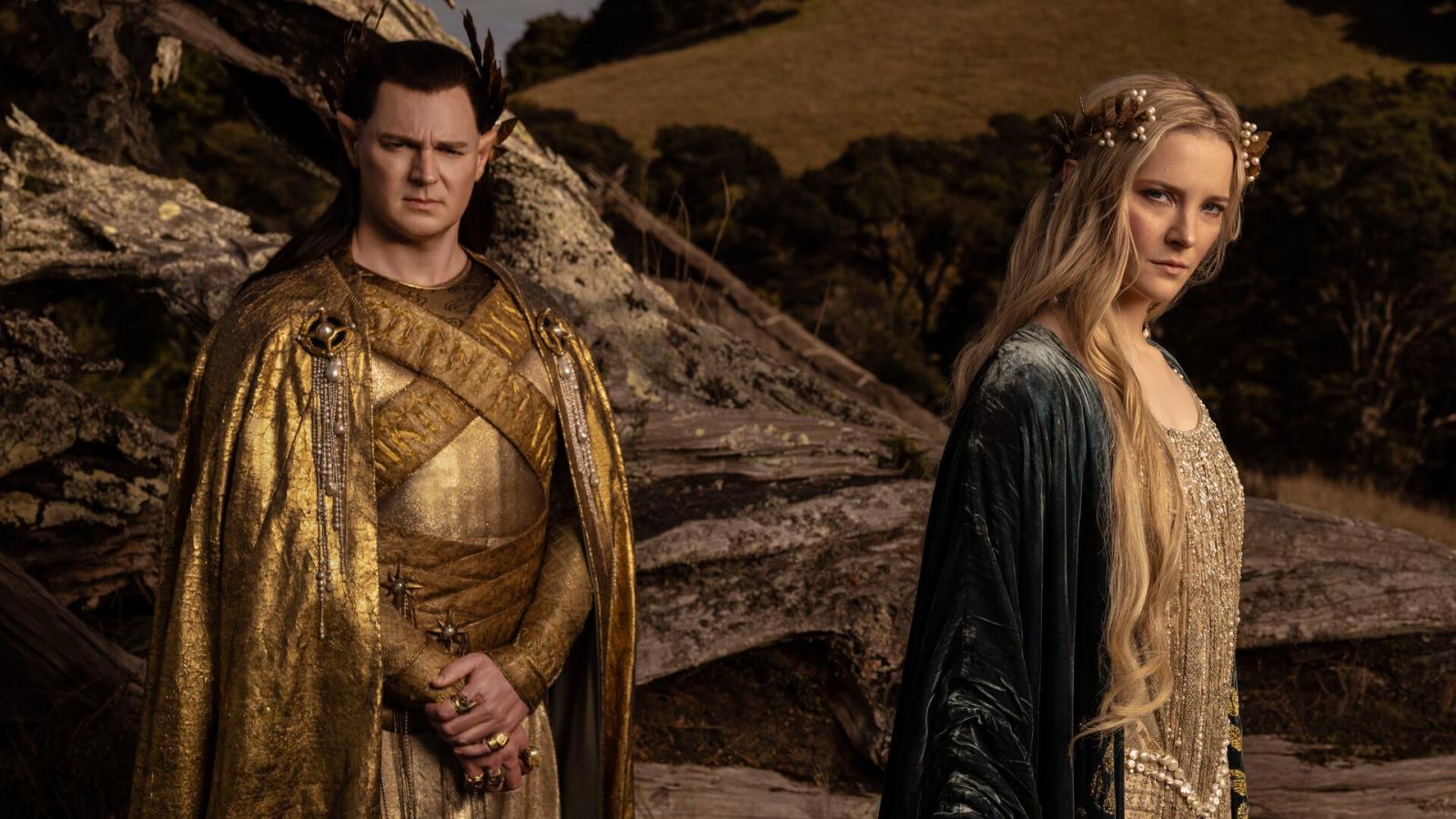Rings of Power's Traditionalist Approach Failed to Live Up to the Progressiveness of Tolkien

In modern series, it is often the case that showrunners try their hardest to promote more progressive standards than what has been seen in the past.
You would therefore think that such a mass-marketed show as Amazon's Rings of Power would have worked hard to update outdated conventions. Instead, RoP utterly failed to modernize the material and removed the most progressive quality of Tolkien's works altogether.
Although conversations around sexuality, trans rights movements, and gender politics are commonplace today, when Tolkien wrote his books, such concepts were far from casual.
Therefore, the regular inclusion of androgynous races within his stories, which include many of the featured characters of the books, was incredibly progressive.

For instance, Tolkien described the elves as all beautiful in face and body. However, he also noted that there is little physical difference between male and female elves.
The image of elvish people are meant to be universally slender and elegant with more naturally feminine features. Moreover, Tolkien's commentary on their race indicated few cultural differences between the genders. Women are generally just as powerful as men; and often just as tall and robust.
Dwarves, of course, are described as much the opposite to the elves yet remain just as androgynous. Leaning to more traditionally masculine qualities, all dwarves were known for their incredible strength, endurance, and resilience. Dwarven women, who only made up a third of their race, also featured these same traits. Proudly growing great beards and are just as committed to the efforts of smithing and mining as men.

But despite Tolkien's forward-thinking ideologies in his books, RoP decided to stick to a more traditional approach to representing its characters, even if the source material says otherwise.
Unlike how elves are described in the books, the dissimilarities in the show between men and women are quite evident. For example, the few elvish women that appear all have long, blonde flowing hair, and are frequently dressed in traditionally feminine clothing.
Opposingly, the elvish men mostly have much shorter hair; a notable difference from Peter Jackson's interpretation in his films.
Fans have also noted Galadriel's short stature, played by Morfydd Clark.
Although an actor's height is not usually an issue when portraying a fantasy character, it contradicts the books' description of Galadriel as a tall, powerful, and imposing female elf. Similarly, Durin's dwarvish wife, Disa, is much loved by fans. However, her lack of facial hair is a noticeable difference from the source material.
Plus, the inclusion of sideburns hidden mostly by her hairstyle seems more of a farce than a genuine attempt to be true to Tolkien's vision.
RoP could have used the androgynous themes displayed in Tolkien's books to a great advantage. Both in correcting the presidents set by Peter Jackson's non-diverse cast, staying true to the books, and introducing the series to a much wider audience. Instead, by keeping to a more traditionalist approach, they missed a considerable opportunity.